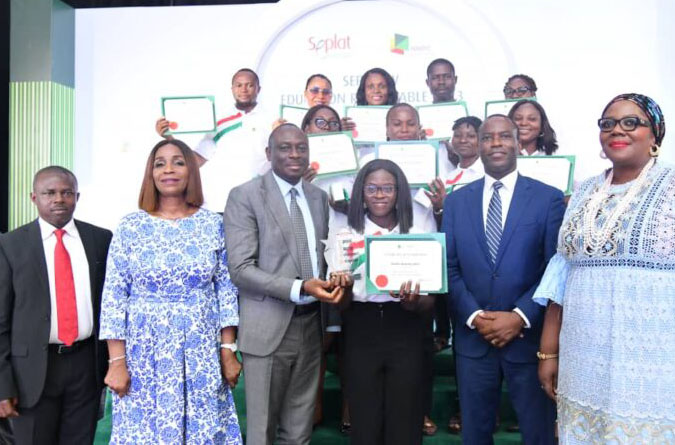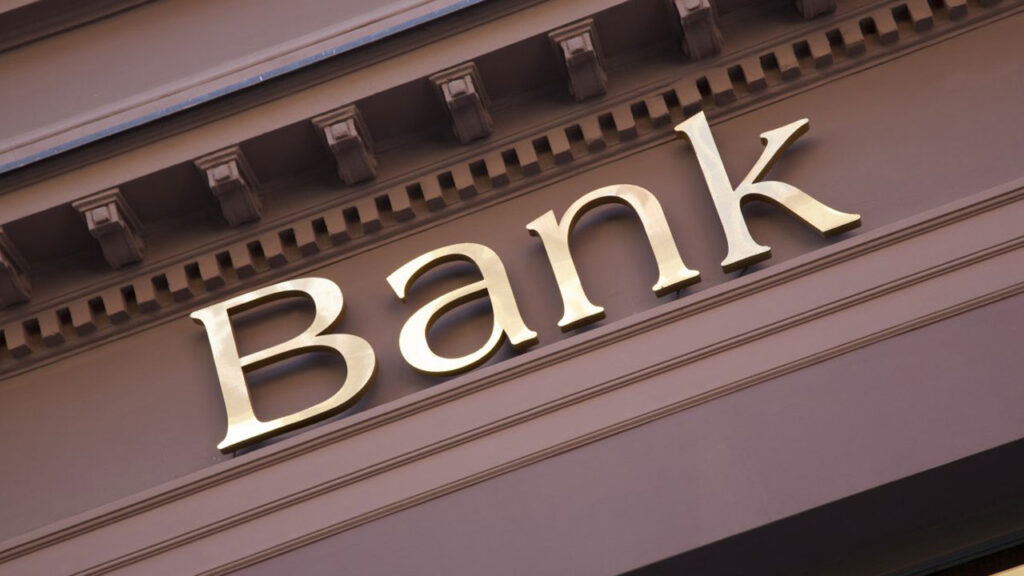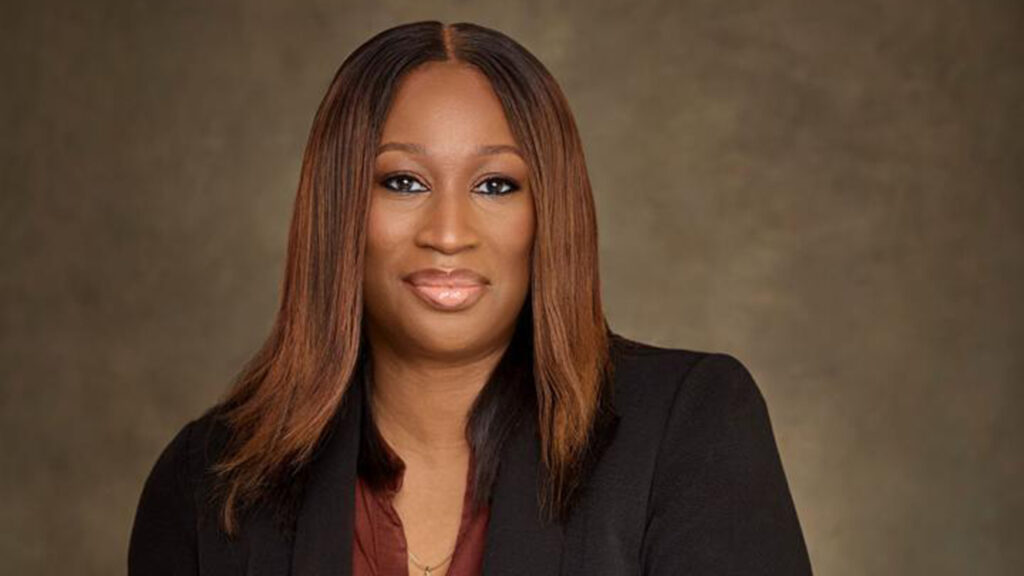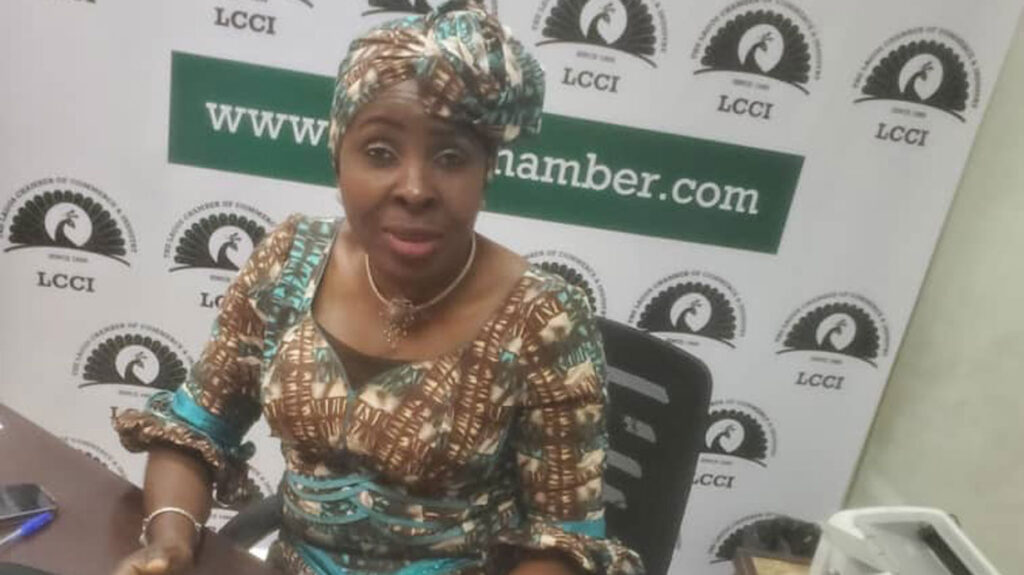 In less than three months, covering January to last week, deposit money banks (DMBs) drew N24.13 trillion from the Central Bank of Nigeria (CBN) through the discount window to meet short-term obligations, a trend that points to some liquidity gap in the financial system.
In less than three months, covering January to last week, deposit money banks (DMBs) drew N24.13 trillion from the Central Bank of Nigeria (CBN) through the discount window to meet short-term obligations, a trend that points to some liquidity gap in the financial system.
The borrowings contained in financial data obtained from the apex bank suggest the banks could be battling inadequate liquidity behind the scenes, despite the ‘doing-well’ façade most of them wear.
The credit relationship between the banks and the Central Bank as shown by activities at the discount window (though not a sufficient factor in declaring an illiquidity crisis) shows that lending is skewed in favour of the regulator.
From towards the end of last year, activities in the window, which allows both CBN and DMBs to access funds to meet short-term obligations, have increased significantly.
Unlike previously, commercials borrow from the regulator much more than they deposit with the apex bank on average. Year-to-date, for instance, banks drew a total of N24.13 trillion or 94.4 per cent of the total transaction on the window.
Within the period, a paltry N1.44 trillion was deposited with the Central Bank as excess reserve in the form standing lending facility (SLF).
Whereas banks pay a monetary policy rate plus a premium on short-term loans, otherwise known as the standing deposit facility (SDF), interest received on deposits with the apex bank via SLF are discounted and would necessarily meet certain conditions.
Analysis of data obtained from the apex bank’s financial updates yesterday shows the SLF and SDF trends had pivoted last year with the relationship becoming one-way.
CBN’s lending to DMBs in less than three months of the year was N24.13 trillion. The amount is about 135 per cent of the total value lent to the operator last year, which was N17.84 trillion.
When annualised, the bank would have lent the commercial banks close to N100 trillion this year or over five times last year’s value.
The value suggests commercial banks live in support of their regulator for important liquidity to meet short-term obligations – a serious considering bank failure has much to do with liquidity position than assets.
The current situation mimics the 2022 data. Then, the discount window closed with a net SLF of N11.54 trillion, which was about 3.5 times what the banks deposited with the CBN as excess liquidity.
Last year, the gap closed with SDF accounting for slightly above 40 per cent of the value of transactions. But this year has seen an all-time uptick in the percentage of SLF that makes up the discount window, a trend that suggests the banks are visiting the CBN more often for liquidity or writing exceptionally high volumes of credits without sufficient liquidity to effect disbursement.
Interestingly, the discount window is not cheap for commercial banks. At the current anchor rate, banks borrow from the Central Bank at over 23 per cent interest rate whereas moderate risk (otherwise called prime) lending rate averages 18.75 per cent.
With the MPR current at 22.75 per cent, it suggests that prime borrowers are getting commercial credits from Nigerian lenders at a discount.













